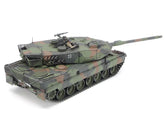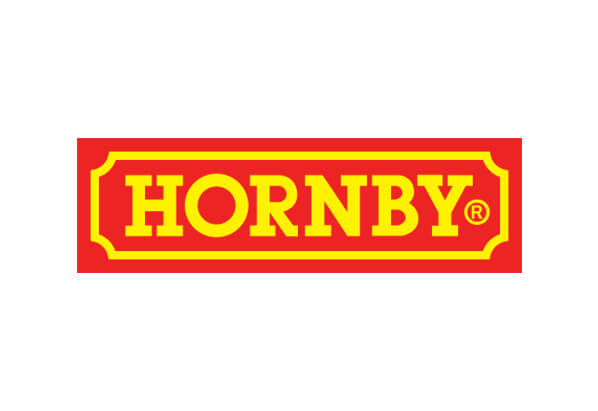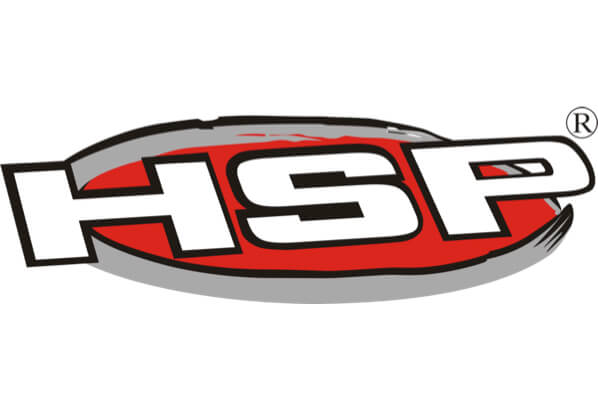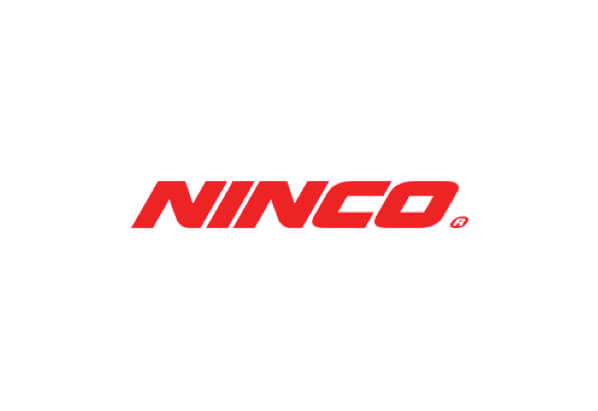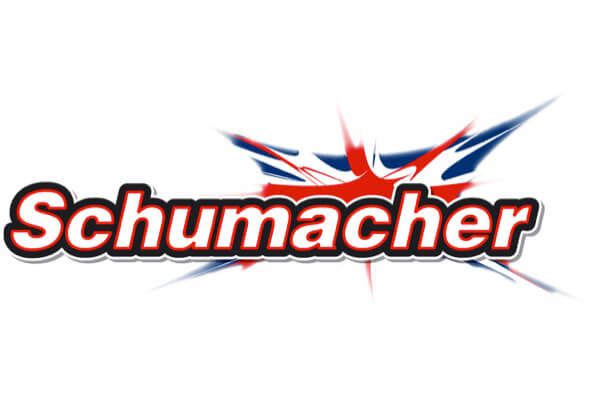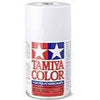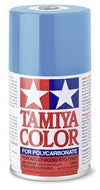Quick View
{"id":4780301746261,"title":"Tamiya - 1\/35 German Main Battle Tank - Leopard 2 A6","handle":"1-35-german-leopard-2-a6-main-battle-tank","description":"\u003ch5\u003eDescription\u003c\/h5\u003e\n\u003cp\u003e\u003cmeta charset=\"utf-8\"\u003e\u003cspan\u003eAbout the Leopard 2 A6\u003c\/span\u003e\u003cbr\u003e\u003cbr\u003e\u003cspan\u003eThe latest upgrade to the Leopard 2 is a newly designed 55 caliber 120mm smooth bore main gun. Measuring 1.3m longer than the 44 caliber main gun of its predecessor, the Leopard 2 A5, the new gun of the 2 A6 provides higher projectile velocity for increased range and penetration. The 2 A6 retains improvements made to previous Leopard 2 tanks including wedge shaped spaced armor effective against chemical weapons and improved electric gun control and stabilization system. The use of the 2 A6 continues to spread throughout Europe with the Netherlands, Spain and Greece adopting the 2 A6 as their main battle tank.\u003c\/span\u003e\u003cbr\u003e\u003cbr\u003e\u003cspan\u003eAbout the Model:\u003c\/span\u003e\u003cbr\u003e\u003cbr\u003e\u003cspan\u003e- 1\/35 scale plastic assembly kit.\u003c\/span\u003e\u003cbr\u003e\u003cspan\u003e- Overall length: 314mm\u003c\/span\u003e\u003cbr\u003e\u003cspan\u003e- Accurately reproduced long 55 caliber 120mm smoothbore main gun adds to sense of power.\u003c\/span\u003e\u003cbr\u003e\u003cspan\u003e- 2 newly designed half body figures (commander and loader) included in kit.\u003c\/span\u003e\u003cbr\u003e\u003cspan\u003e- Goggles for figures, headlights and taillights reproduced using transparent parts.\u003c\/span\u003e\u003cbr\u003e\u003cspan\u003e- Kit features extra road signs for reproduction of realistic diorama.\u003c\/span\u003e\u003cbr\u003e\u003cspan\u003e- Includes decals to reproduce up to 4 different types of markings, including NATO versions used in Kosovo.\u003c\/span\u003e\u003cbr\u003e\u003cbr\u003e\u003cspan\u003eSuggested Paint Colors\u003c\/span\u003e\u003cbr\u003e\u003cbr\u003e\u003cspan\u003eX-10 - Gun Metal\u003c\/span\u003e\u003cbr\u003e\u003cspan\u003eX-11 - Chrome Silver\u003c\/span\u003e\u003cbr\u003e\u003cspan\u003eX-18 - Semi Gloss Black\u003c\/span\u003e\u003cbr\u003e\u003cspan\u003eX-2 - White\u003c\/span\u003e\u003cbr\u003e\u003cspan\u003eX-26 - Clear Orange\u003c\/span\u003e\u003cbr\u003e\u003cspan\u003eX-27 - Clear Red\u003c\/span\u003e\u003cbr\u003e\u003cspan\u003eX-6 - Orange\u003c\/span\u003e\u003cbr\u003e\u003cspan\u003eX-7 - Red\u003c\/span\u003e\u003cbr\u003e\u003cspan\u003eXF-1 - Flat Black\u003c\/span\u003e\u003cbr\u003e\u003cspan\u003eXF-15 - Flat Flesh\u003c\/span\u003e\u003cbr\u003e\u003cspan\u003eXF-27 - Black Green\u003c\/span\u003e\u003cbr\u003e\u003cspan\u003eXF-4 - Yellow Green\u003c\/span\u003e\u003cbr\u003e\u003cspan\u003eXF-56 - Metallic Grey\u003c\/span\u003e\u003cbr\u003e\u003cspan\u003eXF-62 - Olive Drab\u003c\/span\u003e\u003cbr\u003e\u003cspan\u003eXF-64 - Red Brown\u003c\/span\u003e\u003cbr\u003e\u003cspan\u003eXF-65 - Field Grey\u003c\/span\u003e\u003cbr\u003e\u003cspan\u003eXF-67 - NATO Green\u003c\/span\u003e\u003cbr\u003e\u003cspan\u003eXF-68 - NATO Brown\u003c\/span\u003e\u003cbr\u003e\u003cspan\u003eXF-69 - NATO Black\u003c\/span\u003e\u003cbr\u003e\u003cspan\u003eXF-7 - Flat Red\u003c\/span\u003e\u003c\/p\u003e","published_at":"2020-09-30T14:57:58+02:00","created_at":"2020-09-30T14:56:15+02:00","vendor":"TAMIYA","type":"PLASTICS","tags":["1\/35 plastic","NSMAR25","plastic models","plastic tanks","plastic war"],"price":99900,"price_min":99900,"price_max":99900,"available":true,"price_varies":false,"compare_at_price":null,"compare_at_price_min":0,"compare_at_price_max":0,"compare_at_price_varies":false,"variants":[{"id":32785001807957,"title":"Default Title","option1":"Default Title","option2":null,"option3":null,"sku":"TAM35271","requires_shipping":true,"taxable":true,"featured_image":null,"available":true,"name":"Tamiya - 1\/35 German Main Battle Tank - Leopard 2 A6","public_title":null,"options":["Default Title"],"price":99900,"weight":0,"compare_at_price":null,"inventory_quantity":2,"inventory_management":"shopify","inventory_policy":"deny","barcode":"","requires_selling_plan":false,"selling_plan_allocations":[]}],"images":["\/\/gpmodels.co.za\/cdn\/shop\/files\/Tamiya-1_35Leopard2A6MainBattleTankfinishedmodel_1400x_3dbb6c66-a86e-4423-9d43-b36767028943.webp?v=1741614326","\/\/gpmodels.co.za\/cdn\/shop\/files\/tam25207.webp?v=1741614329","\/\/gpmodels.co.za\/cdn\/shop\/files\/tam35271_03.jpg?v=1741614334","\/\/gpmodels.co.za\/cdn\/shop\/files\/ments27__10_1200x_db90bce0-d778-4ab1-893e-3e553aed2b8e.webp?v=1741614336","\/\/gpmodels.co.za\/cdn\/shop\/files\/images-2025-03-10T154451.558.jpg?v=1741614338"],"featured_image":"\/\/gpmodels.co.za\/cdn\/shop\/files\/Tamiya-1_35Leopard2A6MainBattleTankfinishedmodel_1400x_3dbb6c66-a86e-4423-9d43-b36767028943.webp?v=1741614326","options":["Title"],"media":[{"alt":null,"id":37413701484762,"position":1,"preview_image":{"aspect_ratio":1.333,"height":750,"width":1000,"src":"\/\/gpmodels.co.za\/cdn\/shop\/files\/Tamiya-1_35Leopard2A6MainBattleTankfinishedmodel_1400x_3dbb6c66-a86e-4423-9d43-b36767028943.webp?v=1741614326"},"aspect_ratio":1.333,"height":750,"media_type":"image","src":"\/\/gpmodels.co.za\/cdn\/shop\/files\/Tamiya-1_35Leopard2A6MainBattleTankfinishedmodel_1400x_3dbb6c66-a86e-4423-9d43-b36767028943.webp?v=1741614326","width":1000},{"alt":null,"id":37413702238426,"position":2,"preview_image":{"aspect_ratio":1.25,"height":960,"width":1200,"src":"\/\/gpmodels.co.za\/cdn\/shop\/files\/tam25207.webp?v=1741614329"},"aspect_ratio":1.25,"height":960,"media_type":"image","src":"\/\/gpmodels.co.za\/cdn\/shop\/files\/tam25207.webp?v=1741614329","width":1200},{"alt":null,"id":37413703680218,"position":3,"preview_image":{"aspect_ratio":1.335,"height":749,"width":1000,"src":"\/\/gpmodels.co.za\/cdn\/shop\/files\/tam35271_03.jpg?v=1741614334"},"aspect_ratio":1.335,"height":749,"media_type":"image","src":"\/\/gpmodels.co.za\/cdn\/shop\/files\/tam35271_03.jpg?v=1741614334","width":1000},{"alt":null,"id":37413704761562,"position":4,"preview_image":{"aspect_ratio":1.567,"height":766,"width":1200,"src":"\/\/gpmodels.co.za\/cdn\/shop\/files\/ments27__10_1200x_db90bce0-d778-4ab1-893e-3e553aed2b8e.webp?v=1741614336"},"aspect_ratio":1.567,"height":766,"media_type":"image","src":"\/\/gpmodels.co.za\/cdn\/shop\/files\/ments27__10_1200x_db90bce0-d778-4ab1-893e-3e553aed2b8e.webp?v=1741614336","width":1200},{"alt":null,"id":37413705482458,"position":5,"preview_image":{"aspect_ratio":1.335,"height":194,"width":259,"src":"\/\/gpmodels.co.za\/cdn\/shop\/files\/images-2025-03-10T154451.558.jpg?v=1741614338"},"aspect_ratio":1.335,"height":194,"media_type":"image","src":"\/\/gpmodels.co.za\/cdn\/shop\/files\/images-2025-03-10T154451.558.jpg?v=1741614338","width":259}],"requires_selling_plan":false,"selling_plan_groups":[],"content":"\u003ch5\u003eDescription\u003c\/h5\u003e\n\u003cp\u003e\u003cmeta charset=\"utf-8\"\u003e\u003cspan\u003eAbout the Leopard 2 A6\u003c\/span\u003e\u003cbr\u003e\u003cbr\u003e\u003cspan\u003eThe latest upgrade to the Leopard 2 is a newly designed 55 caliber 120mm smooth bore main gun. Measuring 1.3m longer than the 44 caliber main gun of its predecessor, the Leopard 2 A5, the new gun of the 2 A6 provides higher projectile velocity for increased range and penetration. The 2 A6 retains improvements made to previous Leopard 2 tanks including wedge shaped spaced armor effective against chemical weapons and improved electric gun control and stabilization system. The use of the 2 A6 continues to spread throughout Europe with the Netherlands, Spain and Greece adopting the 2 A6 as their main battle tank.\u003c\/span\u003e\u003cbr\u003e\u003cbr\u003e\u003cspan\u003eAbout the Model:\u003c\/span\u003e\u003cbr\u003e\u003cbr\u003e\u003cspan\u003e- 1\/35 scale plastic assembly kit.\u003c\/span\u003e\u003cbr\u003e\u003cspan\u003e- Overall length: 314mm\u003c\/span\u003e\u003cbr\u003e\u003cspan\u003e- Accurately reproduced long 55 caliber 120mm smoothbore main gun adds to sense of power.\u003c\/span\u003e\u003cbr\u003e\u003cspan\u003e- 2 newly designed half body figures (commander and loader) included in kit.\u003c\/span\u003e\u003cbr\u003e\u003cspan\u003e- Goggles for figures, headlights and taillights reproduced using transparent parts.\u003c\/span\u003e\u003cbr\u003e\u003cspan\u003e- Kit features extra road signs for reproduction of realistic diorama.\u003c\/span\u003e\u003cbr\u003e\u003cspan\u003e- Includes decals to reproduce up to 4 different types of markings, including NATO versions used in Kosovo.\u003c\/span\u003e\u003cbr\u003e\u003cbr\u003e\u003cspan\u003eSuggested Paint Colors\u003c\/span\u003e\u003cbr\u003e\u003cbr\u003e\u003cspan\u003eX-10 - Gun Metal\u003c\/span\u003e\u003cbr\u003e\u003cspan\u003eX-11 - Chrome Silver\u003c\/span\u003e\u003cbr\u003e\u003cspan\u003eX-18 - Semi Gloss Black\u003c\/span\u003e\u003cbr\u003e\u003cspan\u003eX-2 - White\u003c\/span\u003e\u003cbr\u003e\u003cspan\u003eX-26 - Clear Orange\u003c\/span\u003e\u003cbr\u003e\u003cspan\u003eX-27 - Clear Red\u003c\/span\u003e\u003cbr\u003e\u003cspan\u003eX-6 - Orange\u003c\/span\u003e\u003cbr\u003e\u003cspan\u003eX-7 - Red\u003c\/span\u003e\u003cbr\u003e\u003cspan\u003eXF-1 - Flat Black\u003c\/span\u003e\u003cbr\u003e\u003cspan\u003eXF-15 - Flat Flesh\u003c\/span\u003e\u003cbr\u003e\u003cspan\u003eXF-27 - Black Green\u003c\/span\u003e\u003cbr\u003e\u003cspan\u003eXF-4 - Yellow Green\u003c\/span\u003e\u003cbr\u003e\u003cspan\u003eXF-56 - Metallic Grey\u003c\/span\u003e\u003cbr\u003e\u003cspan\u003eXF-62 - Olive Drab\u003c\/span\u003e\u003cbr\u003e\u003cspan\u003eXF-64 - Red Brown\u003c\/span\u003e\u003cbr\u003e\u003cspan\u003eXF-65 - Field Grey\u003c\/span\u003e\u003cbr\u003e\u003cspan\u003eXF-67 - NATO Green\u003c\/span\u003e\u003cbr\u003e\u003cspan\u003eXF-68 - NATO Brown\u003c\/span\u003e\u003cbr\u003e\u003cspan\u003eXF-69 - NATO Black\u003c\/span\u003e\u003cbr\u003e\u003cspan\u003eXF-7 - Flat Red\u003c\/span\u003e\u003c\/p\u003e"}




